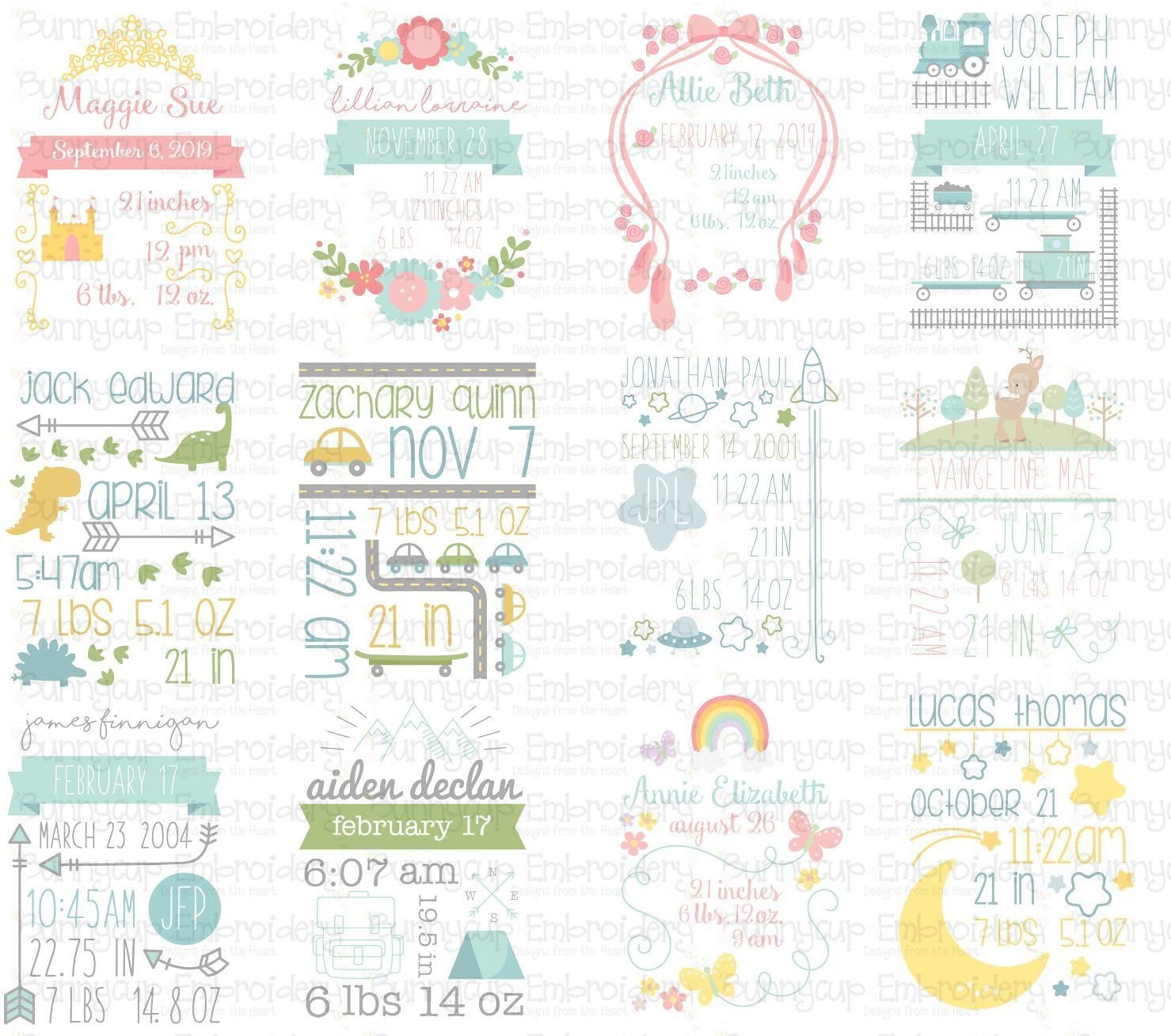
Run the tape centrally down the spine and then carefully ease around the edge.

Step 2: To create a professional finish on the spine we love to use washi tape. Leave the paper to dry and then cut off excess paper around the edge using scissors or a craft knife. Make sure to apply the paper as close to the spine as possible. Immediately press down the chiyogami paper and smooth across the cover. We recommend using a slightly wet paintbrush to apply the glue, which will help when spreading the glue evenly. Step 1: Using a paintbrush, paint an even layer of glue all over the front cover of your notebook. Tip: If using your own notebook make sure a sheet of Chiyogami paper (15.5cm x 20.7cm) will fit. Check out our full range of patterns here and take advantage of our offer: *4 packs for the price of 3* ( Offer valid until 15.04.18).Ĭhiyogami paper (2 sheets per pack) – we used Coral Gold 807c pattern. There are so many uses for the paper including origami, card-making, covering wooden shapes and boxes and book-binding to name a few. Often the papers have a rich silver, gold or copper lustre, which is what makes them so exquisite. Each sheet is hand-printed with vibrant colours and patterns using traditional silk-screen printing methods. You may be asking what Chiyogami paper is? Chiyogami is a handmade paper from Japan following centuries-old techniques.

I lost the tip of my index finger in a wood working class at school when using a "marking knife" and "T-square".Want to brighten up your stationery this summer? Follow this very quick step-by-step on how to transform an ordinary notebook using our contemporary Chiyogami papers and washi tape. Vinyl Cutter Sign Cutting Plotter Kit Software Contour Cut Device Winpcsign Product description: 2 x sheets 12 x 24 magnetic blanks 2 x 100 ft transfer tape 6 rolls clear and classic or both can be the same. In ALL cases keep your fingers well away from the cutting-edge. heavy gauge rulers are easier to control as they don't flex. Metal rulers come in various thicknesses. I find that you have complete control if your fingers are splayed and in contact with both the metal sheet and the ruler. For these reasons my preference is for a steel ruler. They are not suitable for trimming small pieces of aluminium due to the width of the square and the need for the handle to have a minimum contact length to achieve a right-angle. 'T'-squares are okay but limit the maximum cutting distance. A non-skid coating on the underside would probably help if you are considering thick plastic. It has a variety of features as the preview window, the cutting condition settings and others. It can send the cutting object created with popular design software of the Illustrator or CorelDRAW to the plotter, can also be used to control the plotter. Plastic is also more slippery than a steel rule. It is a plug-in software for Adobe Illustrator and CorelDRAW Graphics Suite. Thank you for your comments and advice :) From experience plastic rulers should NOT be used as it is too easy for the blade to dig into the plastic and run up over the top.


 0 kommentar(er)
0 kommentar(er)
